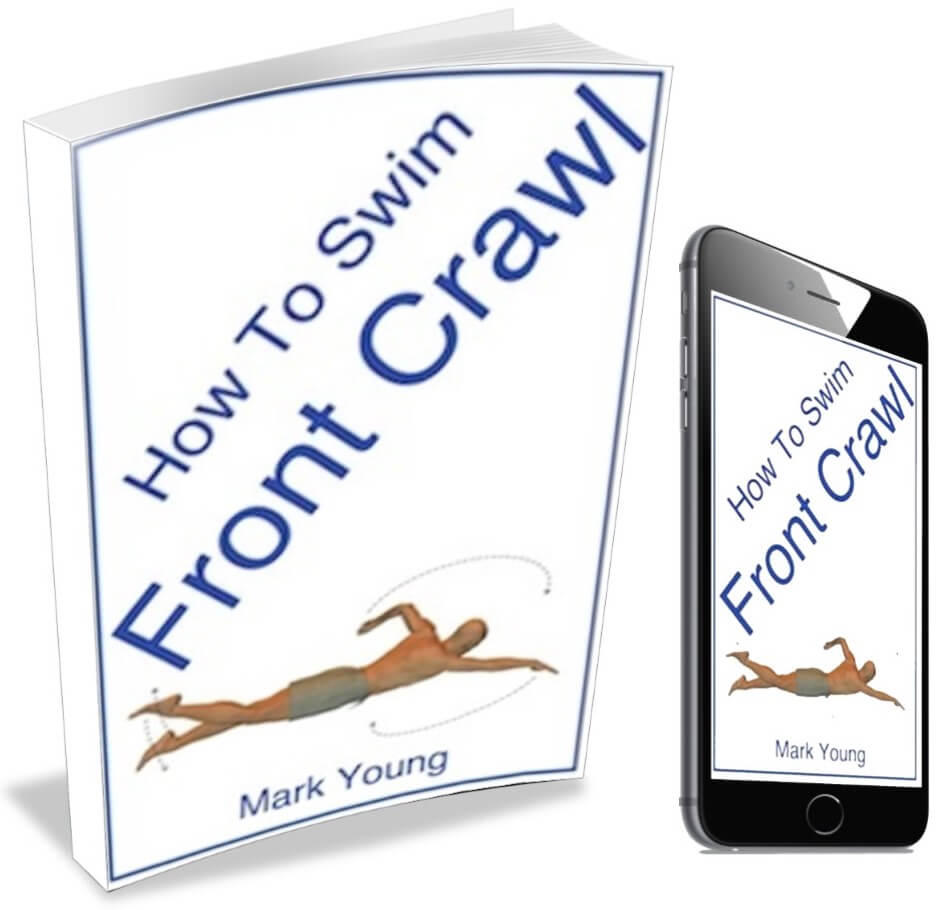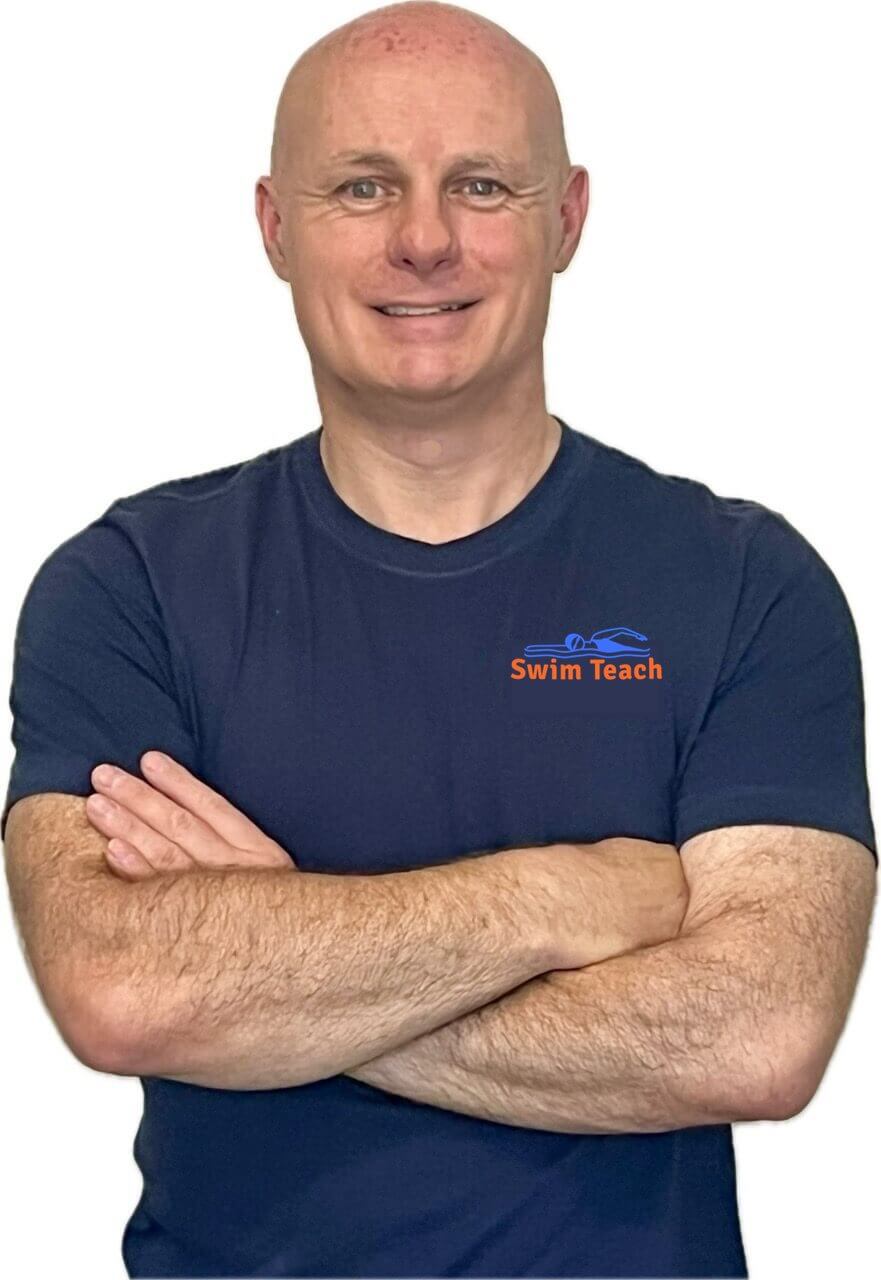- Swim Teach Home
- front crawl
- Front Crawl Breathing Timing
- Swimming With Arms and Legs Together
How should you time your arms and legs when swimming with arms and legs together?
I have a problem swimming with arms and legs together. I have been trying to swim but with little progress. I am not able to use the arms and legs together, when I start using the arms, I forget the legs ..please help
This is a very common problem and is nearly always connected to one’s coordination.
Much will depend on which swimming stroke you are attempting to learn, as the coordination is different for certain strokes.
For example, front crawl is an alternating stroke where the arms and legs kick and pull in an alternating action. In other words, as one leg kicks up, the other kicks down, and when one arm pulls, the other recovers over the water.
Breaststroke, on the other hand, is a simultaneous stroke where both legs kick at the same time, and both arms pull at the same time.
I recommend you try both strokes if you have not already. You may find that you find one easier than the other to coordinate the arms and legs.
Breaststroke is usually the easiest to coordinate because the arms pull just before the legs kick. They are almost separate movements which make learning and performing the swimming stroke a little easier than front crawl or backstroke.
If you are determined to learn front crawl, then you must break down the stroke into its parts first. Then slowly piece them back together to master the coordination of the arms and legs.
Kick your legs holding a kickboard, kicking at a steady speed but not too fast. Then perform one arm pull and hold the float again. Then the opposite arm pulls and holds the float again.
Repeat this pattern until you maintain a steady rhythm, ensuring that you maintain the speed of your leg kick all the way through.
This exercise is called ‘catch up' and is a great way of getting your arms and legs to work together.
The next step is to perform the same exercise but without holding the kickboard, maintaining the leg kick speed all the time.
Don’t get frustrated when it goes wrong or goes back to how you did it before. Be patient and practice, and it will all come together in time.
My ebook How To Swim Front Crawl contains over 20 separate swimming exercises to help all parts of freestyle, including timing and coordination. You can download it, print out the parts you need and take them to your pool to try out. Click the link below for more information.
HOW TO SWIM FRONT CRAWL EBOOK: everything you need to master front crawl swimming stroke. 22 easy drills that focus on each part of front crawl technique. From body position to breathing and timing. Decades of teaching experience all packaged into 1 easy file. Download to your device and master front crawl TODAY! (click here for an INSTANT preview).
Don't miss out! Click here for more details on how to get your copy.
How Do i swim with arms and legs together properly?
I have a problem lifting up both arms out of the water. When I move my head to the right to breathe, the right arm comes up easily enough. However, the left arm struggles to get out and forward to make that full stroke. Maybe my elbows have to be higher?
Higher elbows will help, yes, but only if you have sufficient flexibility and movement of your shoulders.
The reason your right arm comes out of the water easier is that the action of turning the head to breathe causes a slight roll of the body. This then allows for a larger movement of the arm action over the water surface.
Your left arm is struggling to get over the water because there is no head roll to that side, and therefore it is not being assisted. Your left arm relies purely on the movement available at the elbow and shoulder.
It may be that you have very good flexibility at your shoulders and that you are not consciously leading with your elbow and getting your hands and fingers to clear the water surface.

A couple of things to try out:
Try holding a float or kickboard in your right hand and swim using only your left arm, with your legs kicking as usual. This will help you to zone in on exactly what your left arm is doing.
You could even try breathing to your left side every few strokes. It will feel odd, to begin with, as you are so used to breathing to the right, but you should soon get used to it.
Then you could try bilateral breathing. Turn your head to take a breath every three arm pulls. This then forces you to alternate the side you turn your head to breathe.
In time this will give you an understanding and a feel for the difference in the amount of movement required by your left arm.
I am a member of the Amazon Associates Program and I will earn a commission from qualifying purchases at no extra cost to you.
What drills will help you swim with arms and legs together without getting stuck?
When attempting front crawl, I am unable to move my legs and arms together with breathing all at the same time. My legs just trail in the water, with my left leg sinking towards the bottom of the pool.
I am a very young 70yrs old and very, very keen to swim to an enjoyable standard. Your help would be greatly appreciated.
This is one of the most common questions that I get asked, so you are by no means alone here.
This is a matter of coordination, and breaking down the elements and practising them in different combinations can work around and eventually solve most coordination problems.
Take the three elements you have mentioned: legs, arms and breathing. I’m sure you are able to perform each of these individually, so try practising two at a time. In other words, legs and breathing and then arms and breathing.
Practising arms and legs together is usually not a problem, but it is the introduction of taking a breath that usually causes either the arms or legs to stop – the leg kick in your case.
So try these two exercises:
Firstly hold a float or kickboard out in front and kick your legs. Turn your head to breathe at regular intervals and focus on kicking as you do so. Establish a steady rhythm of breathing every four or six leg kicks.
Next, try placing a pull buoy between your legs to help provide some floatation and perform the arm action, turning your head to take a breath every two or four arm pulls.
When it comes to the timing of the overall swimming stroke, there are several combinations of arm pulls to leg kicks, and you will usually do whatever comes naturally.
It is very common to have a one-beat cycle. By that, I mean you perform one leg kick for each arm pull or put another way, your arms and legs pull and kick in time with each other. As long as it is the opposite arm and leg, then the stroke will remain balanced.
You might see other people swimming front crawl using a faster leg kick, maybe four or six kicks per arm cycle (two arm pulls). There is no right or wrong here; just go with whatever comes naturally.
Remember, though, the majority of the power and momentum for front crawl comes from the arm action. The leg kick provides a small amount of propulsion, but the main purpose of the leg kick is to balance the arms. However, they do have to actually kick in order to stay at or near the water surface.
Try the two exercises suggested above, and they might help you establish a steady rhythm with your swimming, so than breathing at regular intervals helps everything to fall into place.
Make sure you breathe regularly and before you run out of oxygen and are gasping, as this just makes breathing harder work. Breathe by rolling your head to the side as this helps keep your body position flat and horizontal in the water. Lifting your head even slightly will cause your legs to sink.
If you are still having trouble, then slow the stroke right down and literally swim in slow motion. Focus on your arm, legs and breathing actions and don’t worry about how far you are getting or swimming a certain distance. Get the rhythm of everything right and worry about covering a distance after.
My ebook How To Swim Front Crawl contains over 20 separate swimming exercises to help all parts of freestyle, including breathing. You can download it, print out the parts you need and take them to your pool to try out. Click the link below for more information.
HOW TO SWIM FRONT CRAWL EBOOK: everything you need to master front crawl swimming stroke. 22 easy drills that focus on each part of front crawl technique. From body position to breathing and timing. Decades of teaching experience all packaged into 1 easy file. Download to your device and master front crawl TODAY! (click here for an INSTANT preview).
Don't miss out! Click here for more details on how to get your copy.




